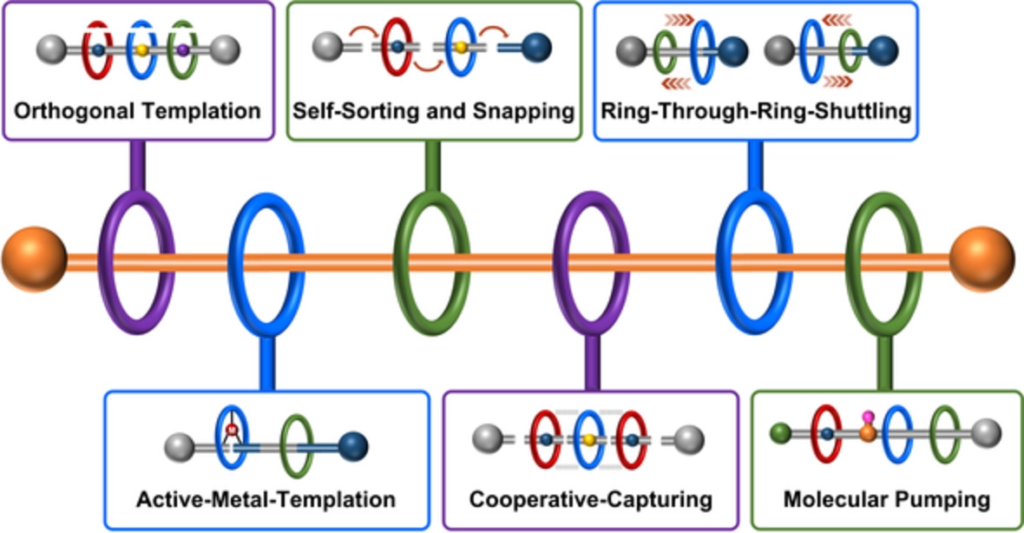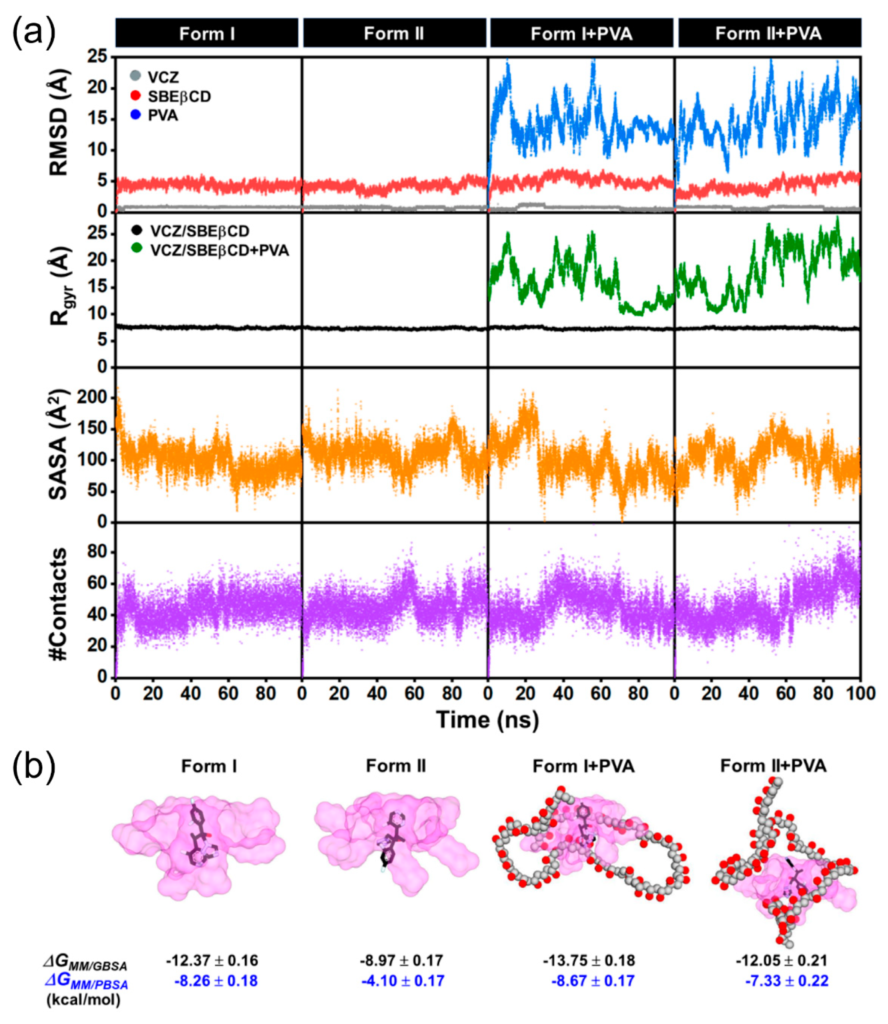Tamas Sohajda is delighted to share his upcoming keynote at the Innovations in encapsulation 2023 event organized by The Formulation Science and Technology group (FSTG) of the Royal Society of Chemistry, Dr. Shashi Rudrangi and Dr. Cuross Bakhtiar, where he will talk about Innovations in cyclodextrin encapsulation and how we see the future of this field at CarboHyde.
This will be held on Thursday, 20th April 2023, at Burlington House, London, United Kingdom.
Dr. Tamás Sohajda, Member of the Scientific Advisory Board, CarboHyde, and Former CEO of CycloLab, Hungary. – Innovations in cyclodextrins encapsulation: possibilities and challenges. (This lecture will cover advancements in cyclodextrin encapsulation of pharmaceutical, nutraceuticals, and cosmetics)
See the program details here.









